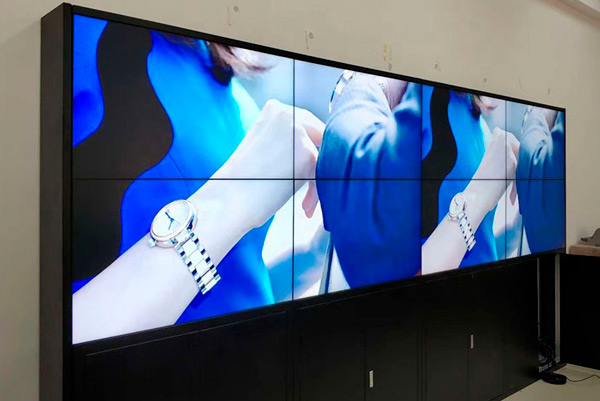Investigating The Way Resolution Affects the Performance and Visual Caliber of LED Screens in Contemporary Display Techniques
Investigating The Way Resolution Affects the Performance and Visual Caliber of LED Screens in Contemporary Display Techniques
Blog Article
LED walls are becoming increasingly popular in different settings, from concerts and athletic competitions to business presentations and creative installations. One of the most important factors that influence the functionality and image quality of these displays is resolution. Image resolution denotes the number of pixels that compose the visual on the screen. Higher image clarity indicates more pixels, which can lead to clearer and crisper images. Grasping how resolution affects LED walls can assist operators make informed decisions about their display needs.
When discussing image clarity, it is crucial to take into account picture spacing, which is the distance between the center of one pixel to the center of the following picture element. A reduced picture spacing yields a higher resolution, allowing for additional detail in the images displayed. For instance, an LED screen with a picture spacing of 1.5mm will offer a clearer visual than one with a picture spacing of 3mm. This is especially crucial in environments where viewers are close to the screen, such as in a small venue or a trade event booth. In these cases, a greater image clarity can greatly improve the observing quality.
Another aspect of resolution is its impact on color accuracy and luminosity. LED screens with greater image clarity often have better color reproduction, meaning that the hues displayed are more vibrant and realistic. This is essential for uses like marketing, where the goal is to attract interest and communicate a concept efficiently. Additionally, higher resolution screens can preserve brightness levels even when viewed from different perspectives. This is crucial in large venues where audiences may be seated at various distances and positions from the screen.
The functionality of LED walls is also influenced by resolution in terms of update rates and response times. A more higher resolution display can handle quicker update frequencies, which is crucial for fast-moving material such as films and motion graphics. This indicates that the visuals on the display will appear smoother and more seamless, enhancing the overall viewing experience. In comparison, reduced image clarity screens may have difficulty with dynamic material, resulting in blurriness or lag. Therefore, for events that rely on high-energy visuals, choosing a display with a suitable resolution is critical.
In conclusion, resolution plays a crucial role in defining the functionality and image clarity of LED screens. Elements such as picture pitch, color accuracy, brightness, update rates, and reaction times all contribute to how effectively a display can communicate data and capture audiences. As technology continues to advance, understanding these elements will help operators choose the appropriate LED screen for their particular requirements, ensuring that they achieve the best potential results in their presentations and events.